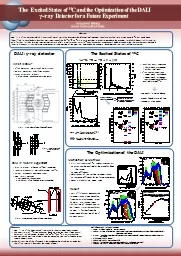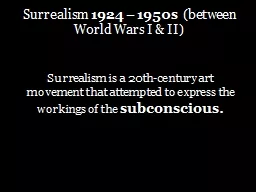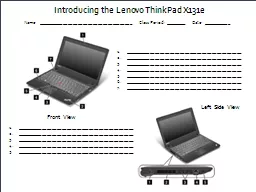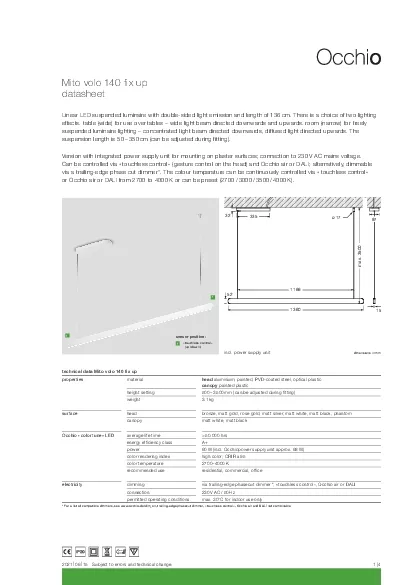PPT-Fig. 1 Side View of DALI from Up-stream
Author : debby-jeon | Published Date : 2015-09-23
1 H 17 C 16 C 15 C n γ X Raw Doppler Effect Corrected The Excited States of 16 C and the Optimization of the DALI γ ray Detector for a Future Experiment
Presentation Embed Code
Download Presentation
Download Presentation The PPT/PDF document "Fig. 1 Side View of DALI from Up-stream" is the property of its rightful owner. Permission is granted to download and print the materials on this website for personal, non-commercial use only, and to display it on your personal computer provided you do not modify the materials and that you retain all copyright notices contained in the materials. By downloading content from our website, you accept the terms of this agreement.
Fig. 1 Side View of DALI from Up-stream: Transcript
Download Rules Of Document
"Fig. 1 Side View of DALI from Up-stream"The content belongs to its owner. You may download and print it for personal use, without modification, and keep all copyright notices. By downloading, you agree to these terms.
Related Documents














